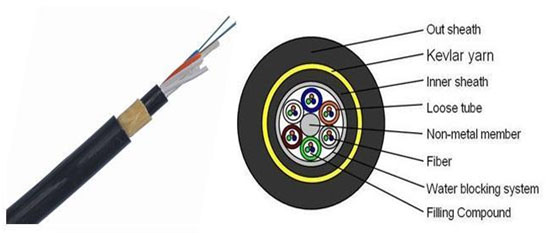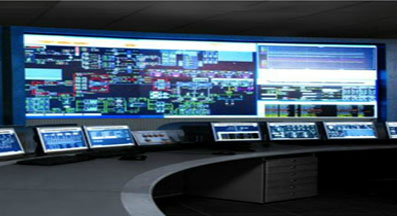| |
OPGW
Optical Ground Wire (OPGW) cable is primarily used by the electric utility companies. It is placed in the secured, top most position of the transmission line where it “shields” all important conductors from lightning and simultaneously providing a telecommunications path for internal as well as third party communication needs.
OPGW cables are capable of withstanding mechanical stress applied to overhead cables by environmental factors such as wind and ice. It is also capable of handling electrical faults on the transmission line by providing a path to ground without damaging the sensitive optical fibers inside the cable.
|
|




